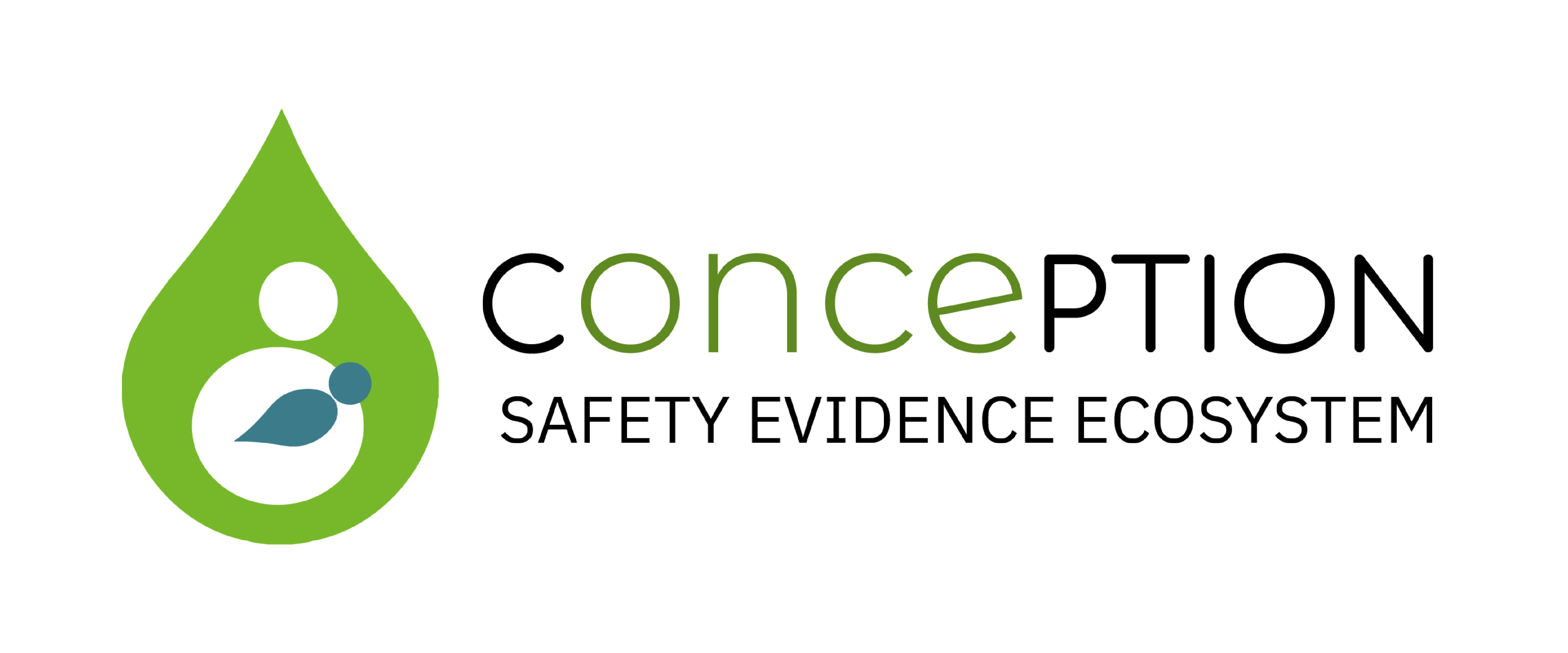
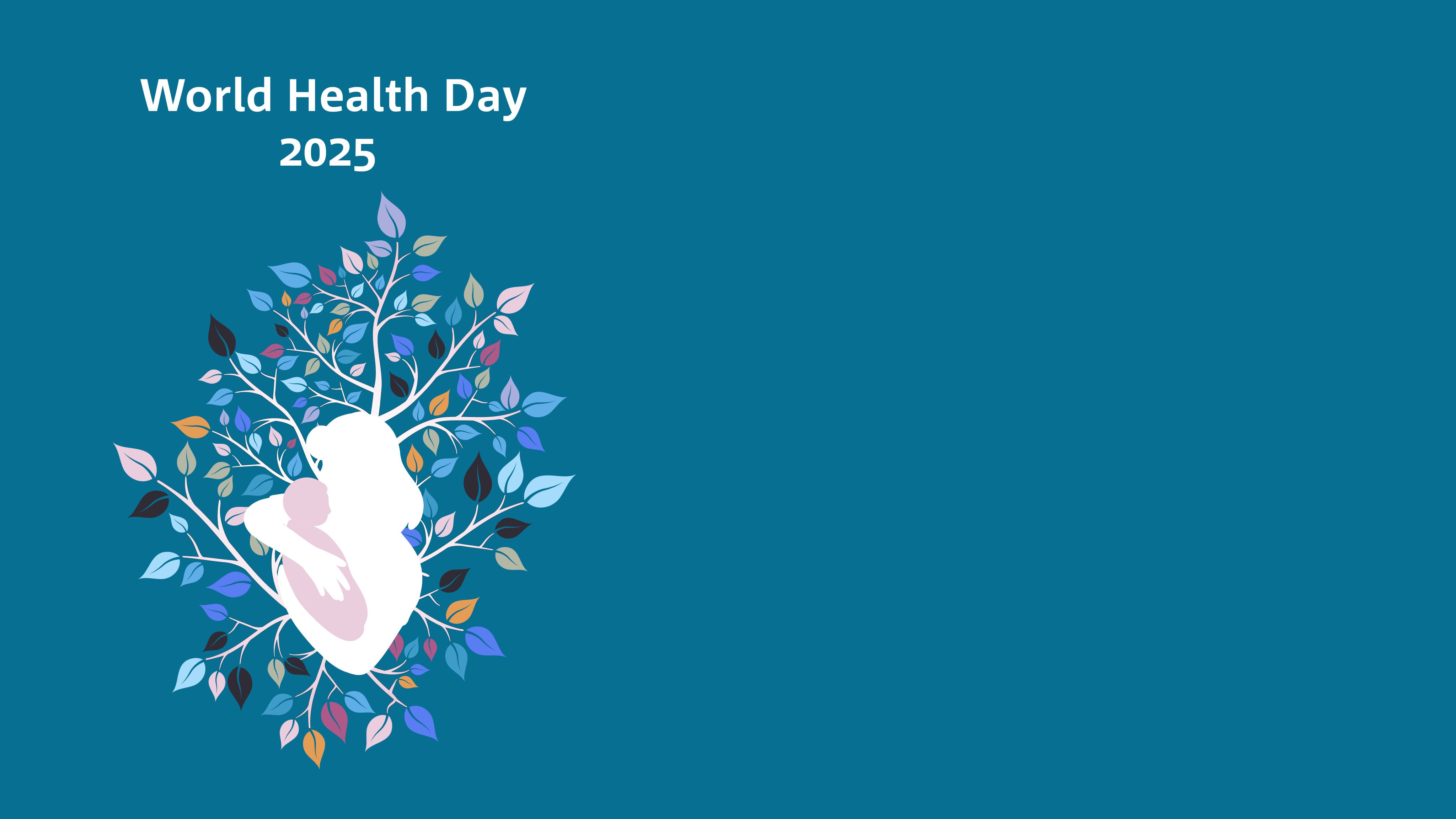
Healthy Beginnings, Hopeful Futures
It takes a village to raise a child but also a whole research community who develop the best possible medical support for mothers and their children during and after pregnancy.
World Health Day is an initiative by the World Health Organisation (WHO) and this year's topic - "Healthy beginnings, Hopeful Futures". It highlights the priority of equity of care and research for mothers and their babies. With the right support, healthy beginnings can grow into hopeful futures.
Today, we share with you a collection of stories from the BBMRI-ERIC community that cover the stages on a woman's journey from getting pregnant to supporting the health of a child throughout their life.
Along the way, you will get to know researchers and biobankers who collaborate towards hopeful futures for newborns and their mothers. This concerns all of us. Even the longest journey starts with the first steps.
About BBMRI-ERIC
BBMRI-ERIC is the European research infrastructure (RI) for biobanking and biomolecular resources, one of the largest RIs in the health and life sciences. Set up in 2013, its membership currently includes close to 500 biobanks and 24 National Nodes from 24 Member countries plus the global organisation IARC/WHO.
A distributed research infrastructure, BBMRI-ERIC successfully develops multidisciplinary expertise and implements cutting edge services for the biobanking community that includes clinicians, researchers, biobankers, industry, patients and citizens.
BBMRI-ERIC’s vision is that “by unlocking the potential of biobanking and biomolecular resources, BBMRI-ERIC inspires the best research to benefit patients, the public and the planet.” This is simplified as: “Biobanking for a Healthier World”.
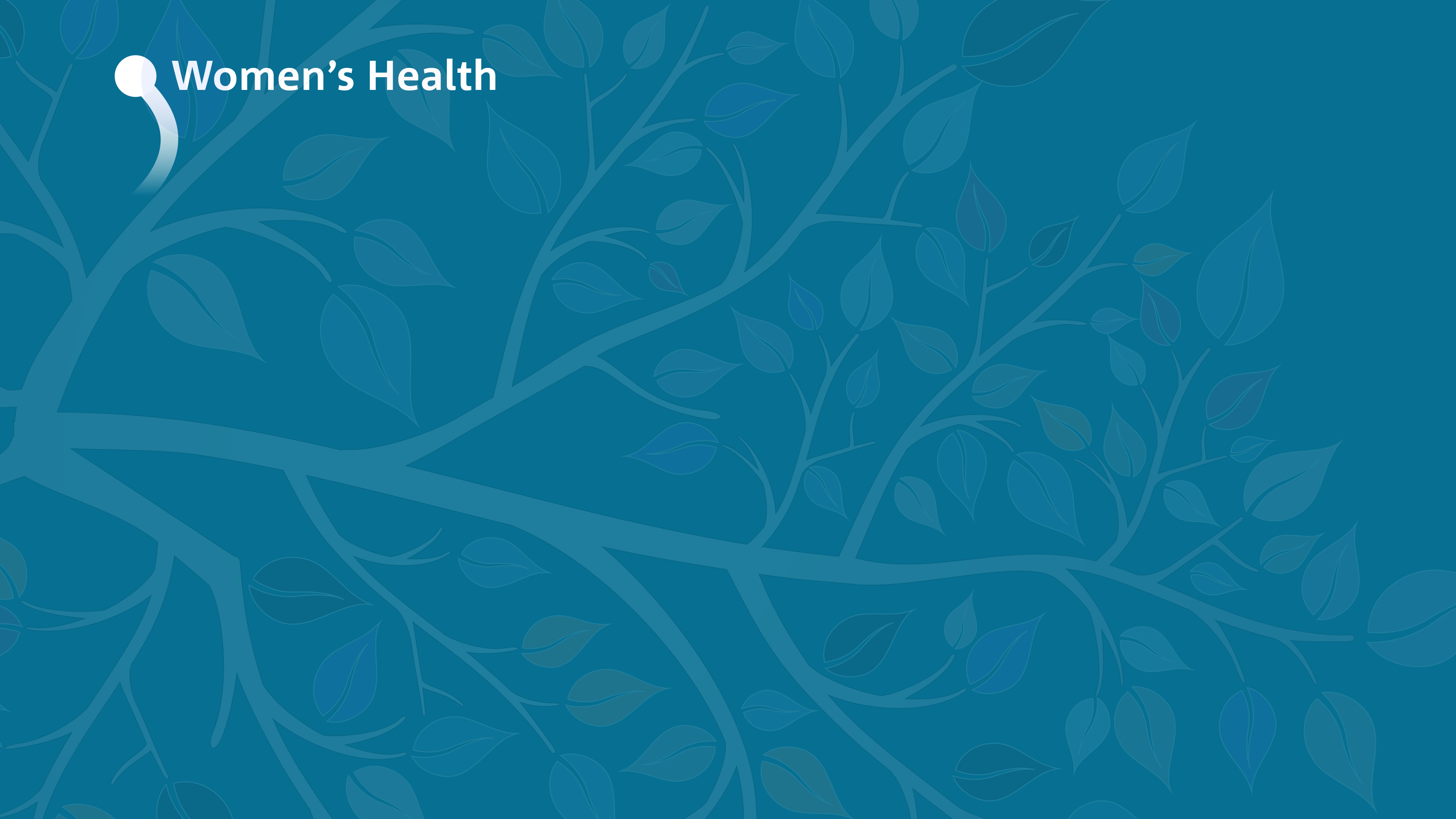
Women's Health
We all have different medical support needs based on our age, ethnicity, sex, or gender. These factors affect how diseases manifest and how we respond to medication.
For the best medical support for everyone, we must study and understand these differences and implement them in the daily medical practice. This needs, for example, dedicated research to understand the specific medical needs of women which have not been prioritised for a long time.
These differences matter. Not only, but especially, when women become mothers.
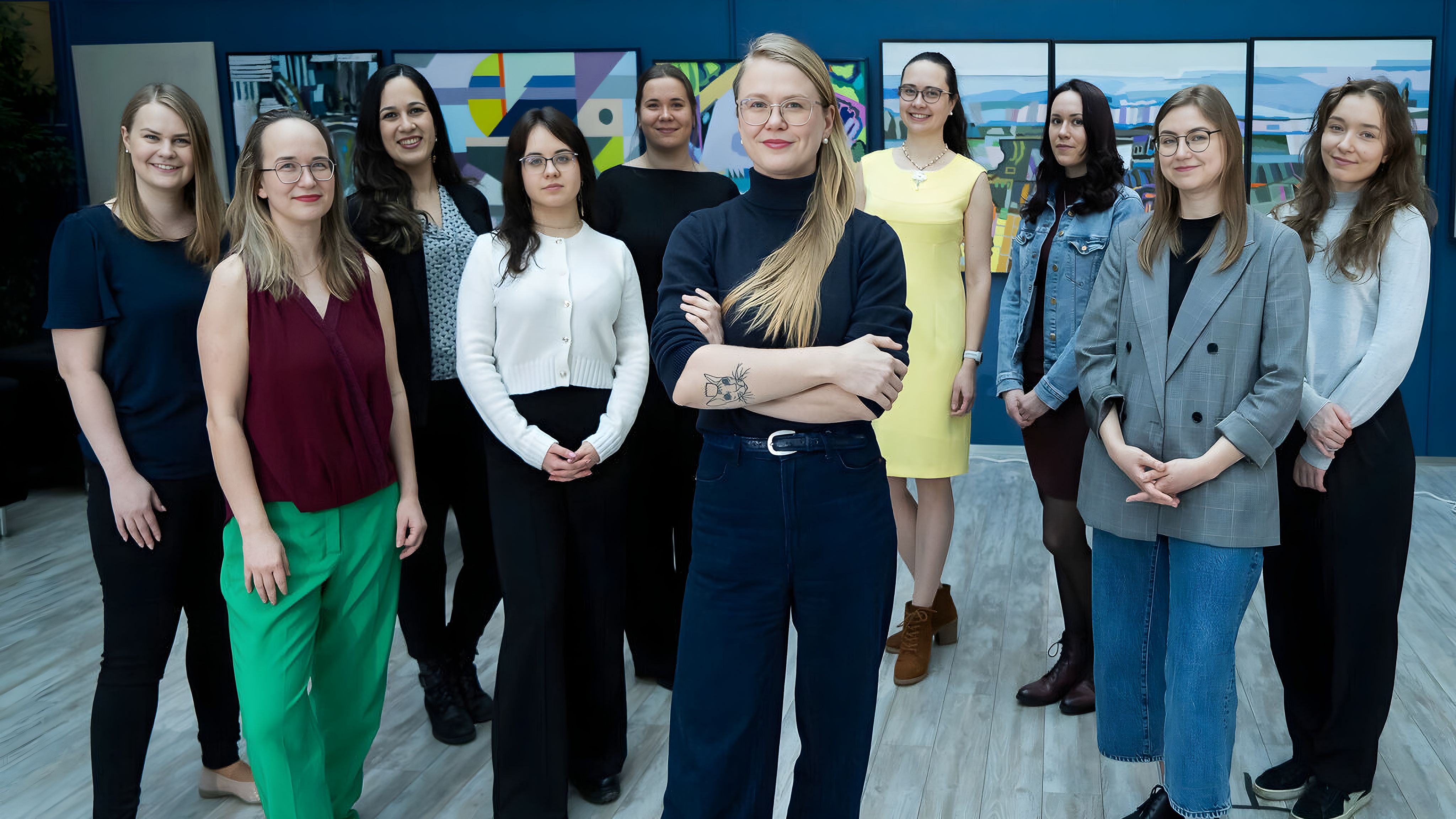
Addressing women's health in research
Not knowing if diseases have hereditary components can delay diagnosis and increase the risks for severe outcomes like infertility or premature deliveries.
A cross-border team of researchers collaborates to close this gap. The researchers analysed data for 42 female reproductive health diagnoses to understand whether they have a genetic component.
Coordinated by Triin Laisk, Assoc. Prof. of Genomics and Reproductive Genetics (University of Tartu), the team examined data from almost 300,000 women from Estonia (Estonian Biobank), Finland (FinnGen), and Norway (HUNT study) and found that most female reproductive health diagnoses indeed have a heritable component.
As one specific example, the researchers used these data to predict the risk for women to develop intrahepatic cholestasis in pregnancy (ICP), a rare liver disease that usually manifests after the 30th week of pregnancy.
ICP often starts with severe itching and skin irritation but can also lead to an increased risk of premature delivery. By assessing the risk for ICP early on, mothers and their doctors can better prepare to deal with the symptoms during pregnancy and minimise the risks for the mother and the baby.
Image credit: Alejandro Roa (University of Tartu)
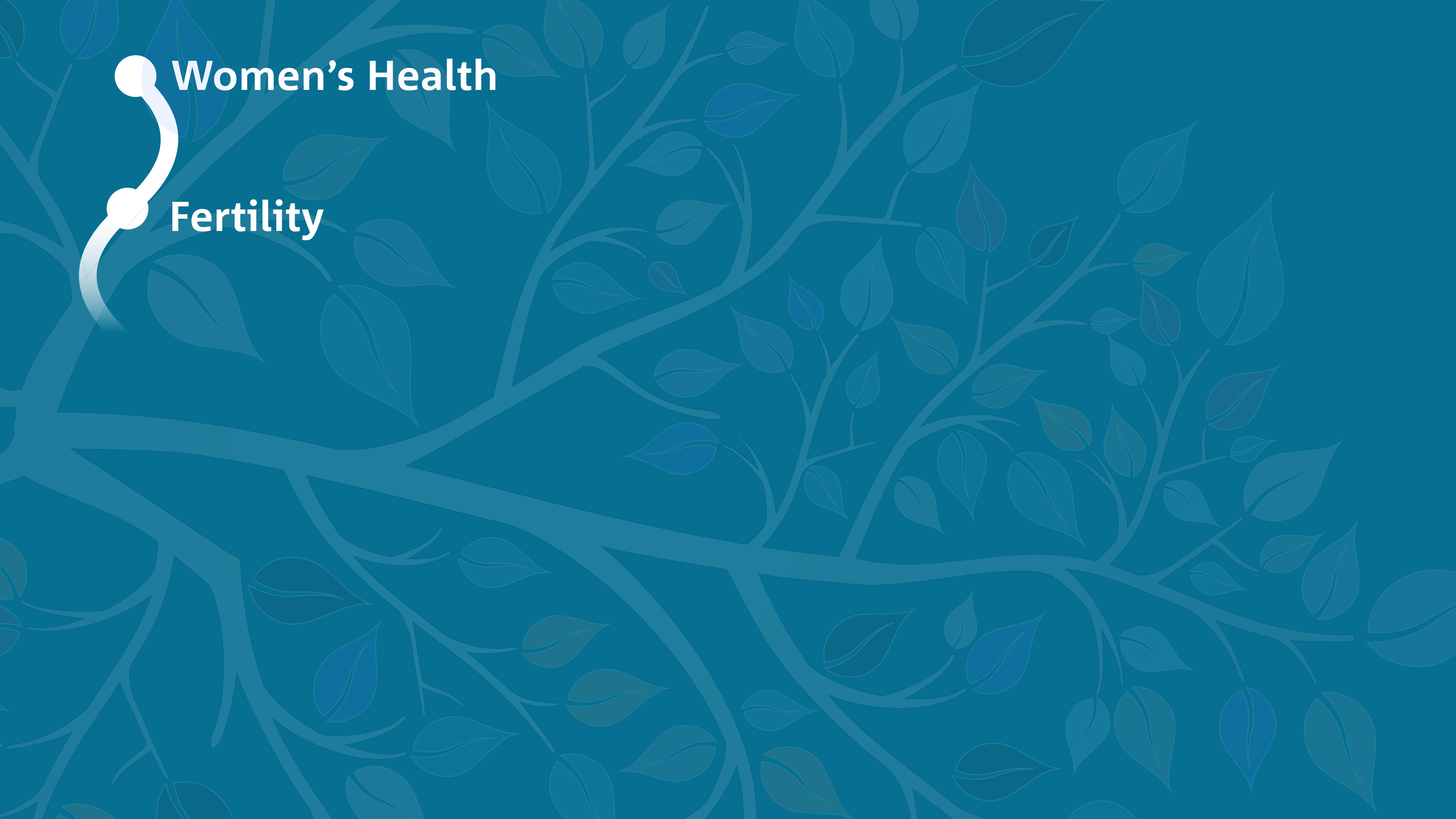
Fertility
The limited research on women's health has left gaping gaps in health support.
One largely overlooked disease is Endometriosis. It is a chronic disease which affects roughly 10% (190 million) of reproductive age women and girls globally.
Endometriosis not only affects the lives of women through persistent and significant pain and other symptoms, it is also one major cause for infertility.
Endometriosis - the overlooked disease
Endometriosis is associated with severe, life-impacting, pain during periods, sexual intercourse, bowel movements and/or urination. It is also a cause of nausea, fatigue, depression, anxiety and infertility thus affecting and complicating all areas of life. Endometriosis is caused by endometrial tissue (the lining of the uterus) growing outside of the uterus on or around the reproductive organs.
Between first symptoms and a correct diagnosis, years can pass, leaving the women with pain and uncertainty. Endometriosis is often misdiagnosed when it is misinterpreted as "normal" period pain. Awareness for the existence of Endomotriosis and the impact it can have on a woman's life is only slowly growing.
To understand how the disease develops and how it can be rapidly diagnosed, more research is strongly needed. Shortening the time from the first symptoms to an accurate diagnosis can significantly improve the quality of life for patients.
One approach to learn more about Endometriosis is research with large medical cohorts. A cohort can be a group of individuals that share the same condition and are medically followed for years or decades. This can reveal genetic predispositions for a disease, variability of symptoms, or knowledge which treatments are the most effective.
One example is a German Endometriosis cohort with 265 patients. These patients were selected based on planned operations for diagnostic and therapeutic purposes at the University Hospital of Freiburg. Laparoscopy, an invasive surgical procedure, is currently the gold standard for Endometriosis diagnosis, but it carries risks for the patients.
The FREEZE-Biobank in Freiburg stores 1,515 serum aliquots and 284 PBMC (peripheral blood mononuclear cell) aliquots from this cohort and makes them available for research. With these samples, researchers aim to identify biomarkers that can help to diagnose endometriosis from blood or urine samples without invasive surgery.
“Diagnosis of Endometriosis is often delayed by years due to nonspecific symptoms that can overlap with other conditions. In addition, many women are also misdiagnosed or told their symptoms are normal.”
- Dr. Clara Backhaus, Universitätsklinikum Freiburg -
Access the transcript for Clara's audio.
Identifying unmet need
To fully utilise the potential of large medical cohorts, BBMRI-ERIC currently coordinates the INTEGRATE-LMedC project.
In a first step, the project identified areas with unmet research needs like Endometriosis and will develop strategies how such cohorts can help to bridge these gaps.
Listen to Lydia Hanaa-Farris from the INTEGRATE-LMedC project to learn more about the potential of these cohorts for the research on Endometriosis and other diseases.
"In the context of endometriosis research, gathering a large medical cohort allows the collection of extensive high quality data on symptoms, genetics, disease progression, environmental risk factors, and treatment responses.
This approach can help identify subtypes of endometriosis, provide insights into long term disease progression, and most importantly, accelerate advancements in treatment options while raising greater awareness of the disease."
- Lydia Hanaa-Farris, Project Manager at Fundació Sant Joan de Déu, part of the INTEGRATE-LMedC project -
Access the transcript for Lydia's audio.
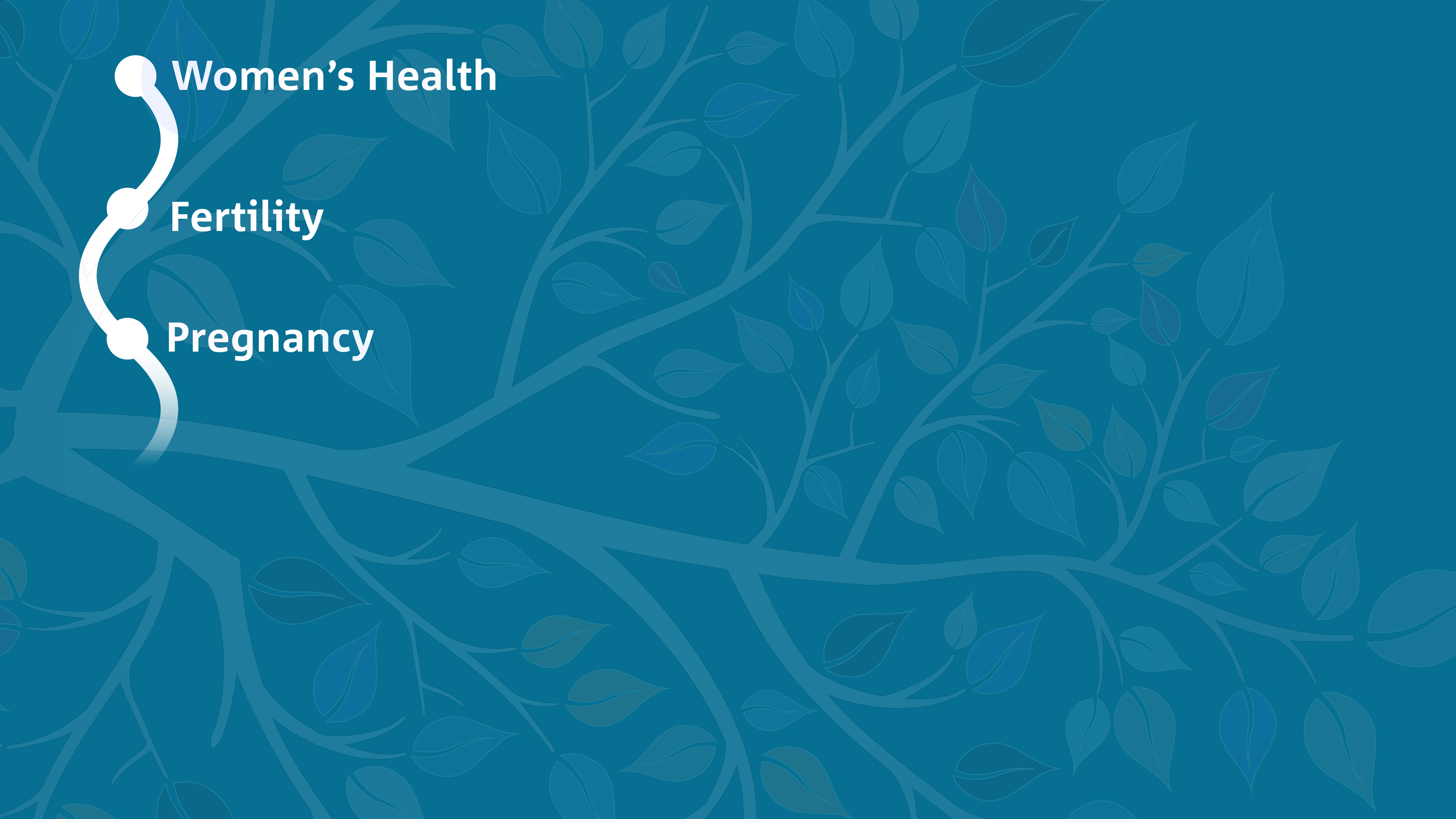
Pregnancy
From the very beginning of pregnancy, the medical needs of two individuals, the mother and the baby, become closely entangled.
For optimal support, scientific researchers need to understand the environmental, genetic or nutritional factors that can affect the health of a mother and her unborn child.
Understanding genetic and environmental factors for better prevention
Better prevention, diagnosis and treatment of congenital (present from birth) diseases is the goal of the AGORA biobank in Nijmegen (NL). AGORA stands for Aetiologic research into Genetic and Occupational / Environmental Risk factors for Anomalies in children.
AGORA collected information from over 7,500 participants with congenital conditions and more than 4,000 controls. During a 20 year period, parents of participants filled out questionnaires on demographics, health and lifestyle during pregnancy.
Together with 17,000+ DNA samples from parents and participants, the data can be used to understand connections between genetic and environmental factors leading to health problems. Only when researchers understand how these factors come together, they can properly predict, and hopefully prevent, the risk for health problems during pregnancy or later in life.
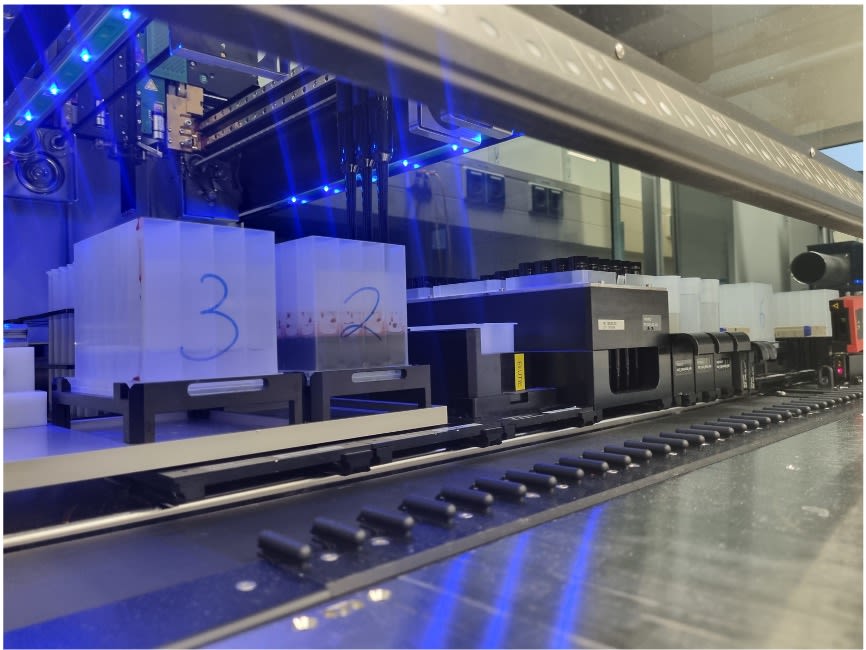
Diseases during pregnancy - Gestational Diabetes and HELLP syndrome
During pregnancy a mother's body develops special needs and is confronted with new health issues. These can range from mild and transient symptoms to life-risks for the mother and the baby. In addition to the immediate health concerns, unknown symptoms during pregnancy can be a cause of stress and anxiety.
The Augsburg Central Biobank (Germany) which is part of the German Biobank Node/BBMRI.de, currently supports research studies on gestational diabetes and the HELLP syndrome, two conditions that are unique for the time of pregnancy and post-partem.
The "HELLP" syndrome is a rare, but potentially life-threatening pregnancy complication. It is characterised by pathological changes of the blood (hemolysis, elevated liver enzymes and low platelet count). HELLP is considered a form of the better known preeclampsia, but is difficult to diagnose. Some mothers might not show all typical signs of preeclampsia - like high blood pressure and protein in the urine - which increases the risk of late or false diagnosis. HELLP syndrome is sometimes also mistaken for other conditions like gastritis or acute hepatitis making it even more difficult to intervene quickly.
Gestational diabetes, increased blood sugar levels during pregnancy, does normally occur only temporarily, but it can still increase the risk of complications for both mother and baby and could also be a risk factor for complications later in life.
Supporting research in these area through biobanks, works towards safer pregnancies and healthier outcomes for both mothers and newborns. In the following short interview, Prof. Udo Jeschke (University Hospital Augsburg) will tell you more about his current research on Gestational Diabetes and HELLP syndrome.
Meet Udo Jeschke
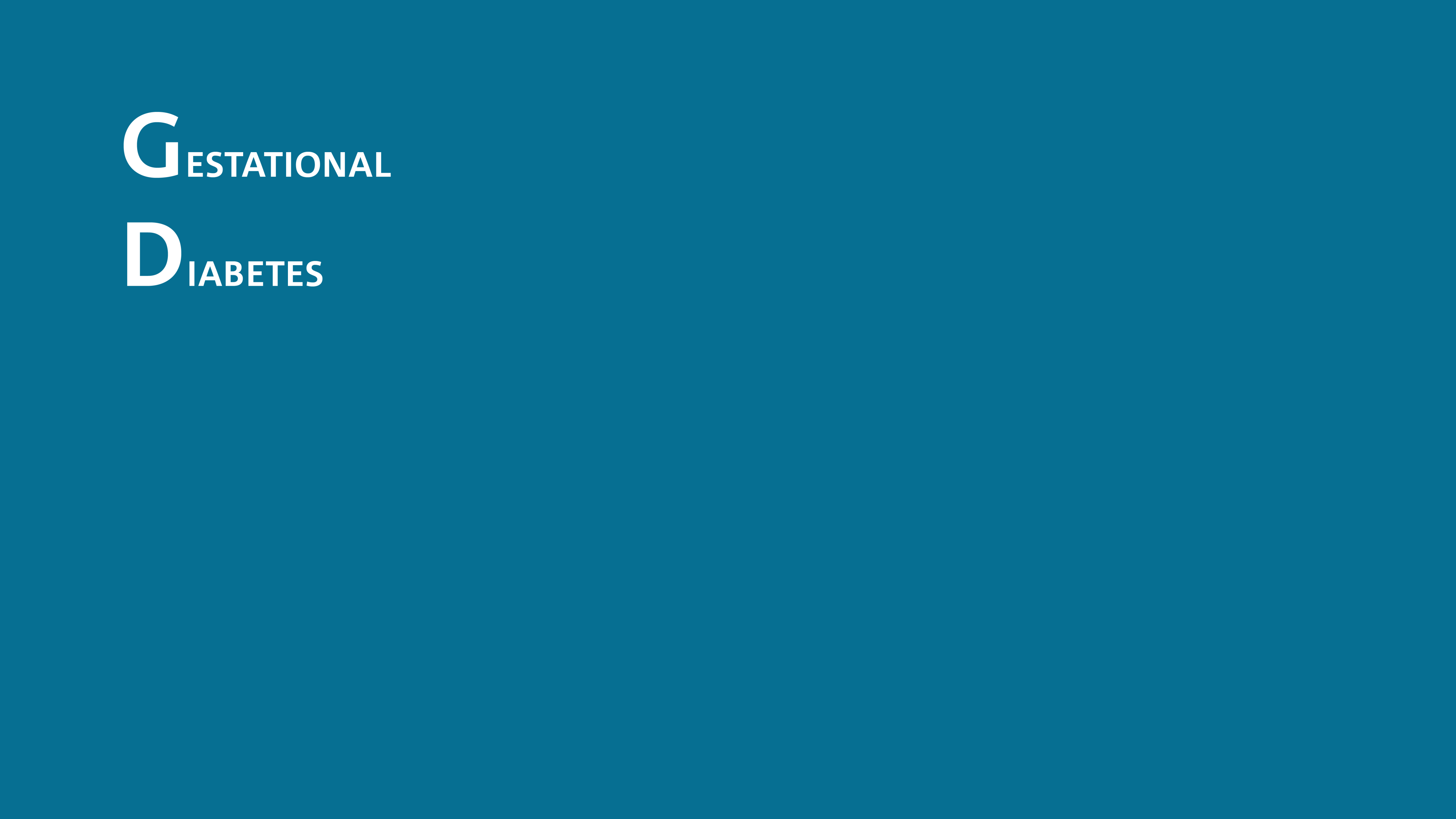
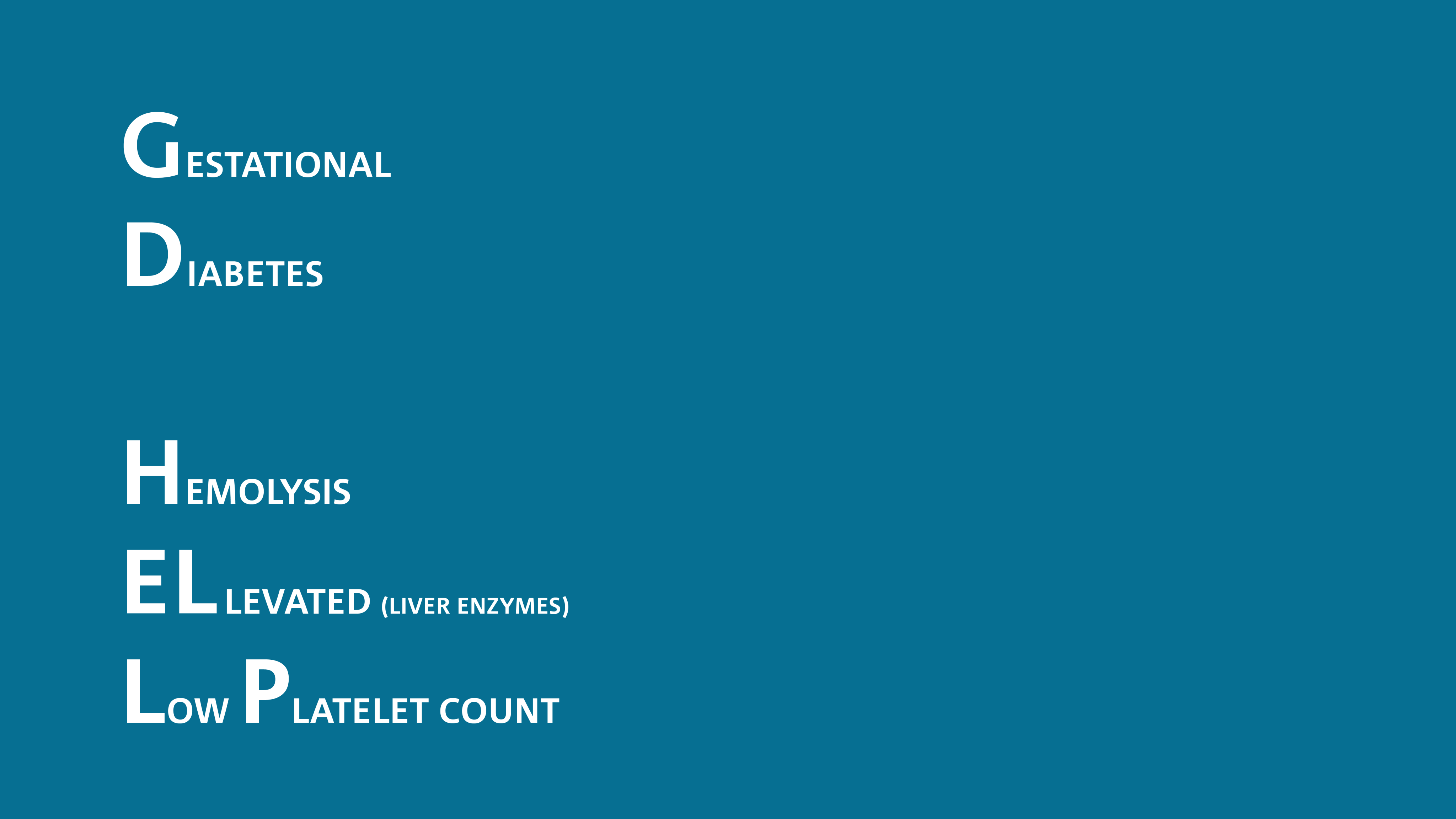
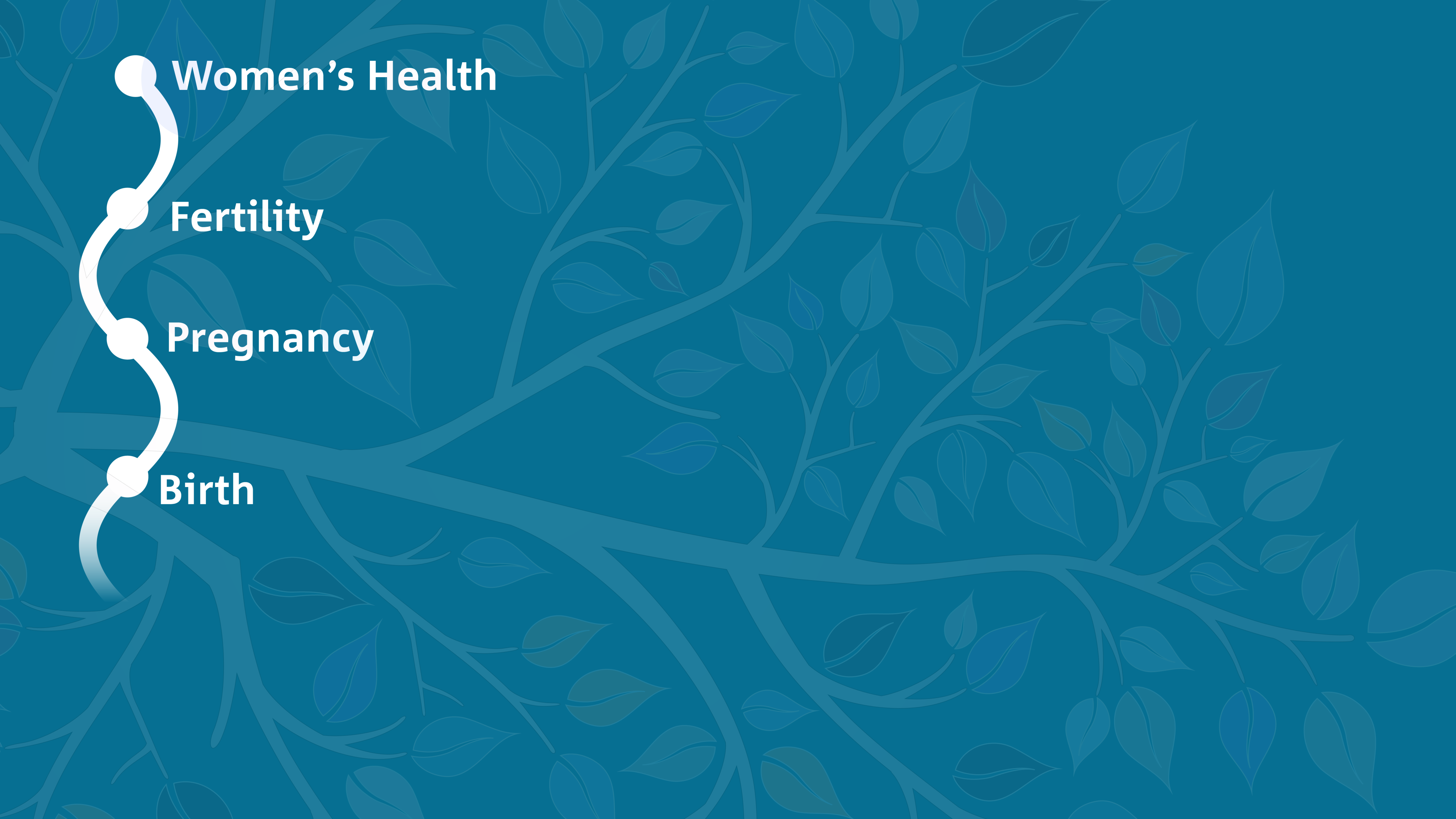
Birth
Entering the world can start as a journey with many health complications for some children.
Children with congenital conditions need extra care. With reliable tests enzyme defects, that require special diets, and other conditions can be detected early making sure that the children become the support they need.
Early diagnosis enables rapid intervention
In Sweden, all newborns are tested on a large number of congenital diseases like enzyme deficiencies. This only takes a few drops of blood but can immediately set the doctors on the right track to best support the baby. Approximately 100 babies in the newborn screening programme each year are diagnosed with one of 26 different treatable conditions.
The Swedish PKU biobank stores these sample from all newborns in Sweden since 1975. The samples can be reanalysed decades after if a child later in life develops a congenital disease. This allows improving existing tests and developing new ones to be able to screen for as many treatable conditions as possible.
Such long-term research initiatives that involve samples and data from large groups would not be possible without biobanks and registries that can store these samples. They are not only used to improve the tests but are also unique resources for research as the samples reflect both the children’s biology and their exposure to environmental factors during foetal life. As specialised methods for sample analysis constantly improve, they may in the future allow insights that are not possible at the time the sample was originally taken.
Having your child diagnosed with a congenital disease will always be a scary moment but when they are treated early on, severe symptoms and long-lasting health problems can be avoided in many cases.
"The newborn screening programme identifies children with rare diseases where a diagnosis can really make a difference in saving lives and preventing severe disease. And whenever we expand our programme and modernise our activities, we need the biobank because we need large numbers of samples to validate and develop new technologies. So the biobank is really, really, a unique asset to be able to maintain the highest standard of this screening programme."
Prof. Anna Wedell, Centre for Inherited Metabolic Diseases, Karolinska University Hospital
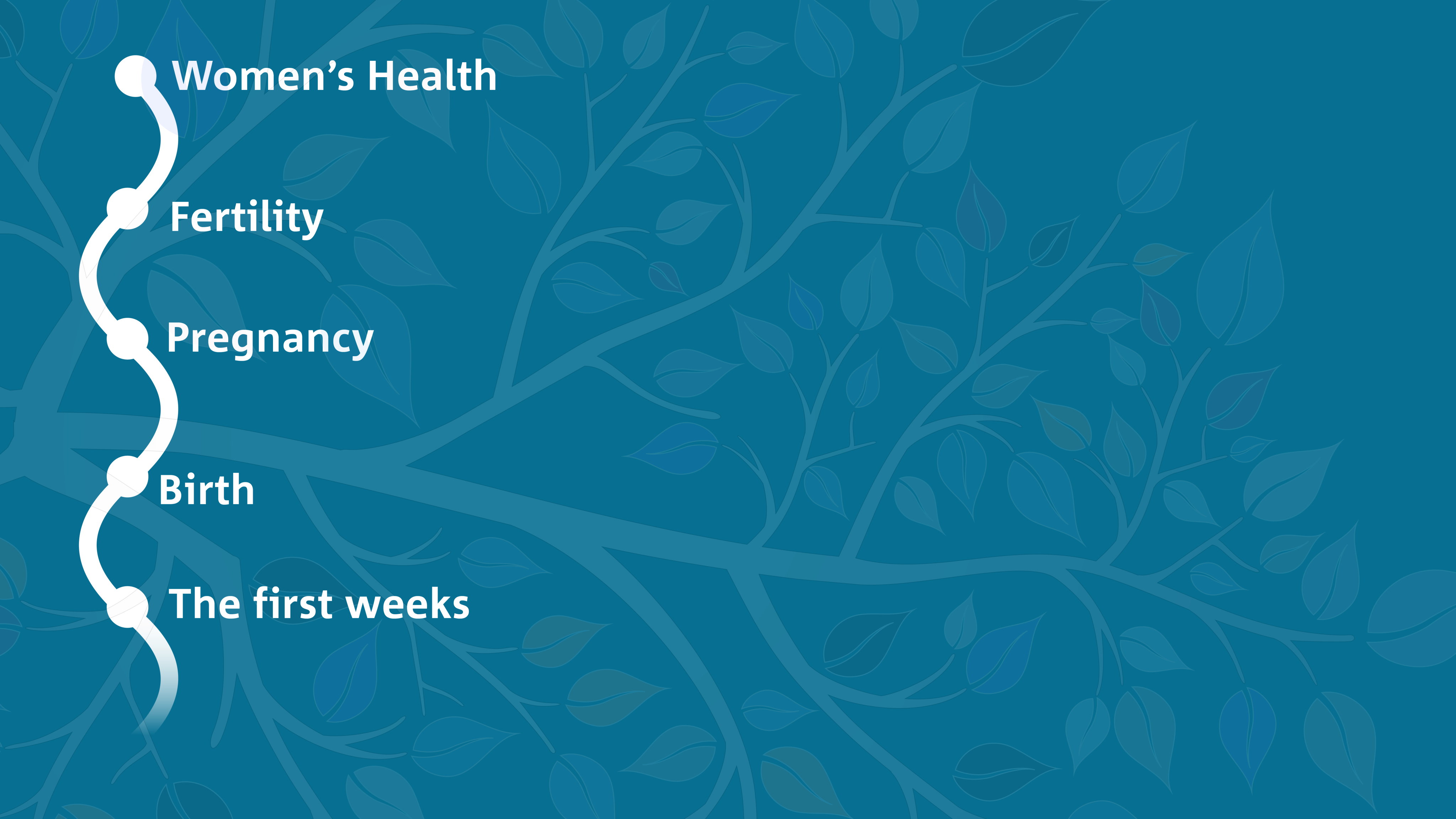
Neonatal Health - The first days, weeks and months
For many pregnant and breastfeeding women, deciding whether to take medication can be stressful and time-consuming, often leaving them uncertain about where to find reliable advice.
Imagine waking up at 3am with pain, but you are not sure if the medication you would normally take to feel better could be harmful for your unborn baby.
To provide support in these situations, ConcePTION was initiated, a recently completed project with the participation of BBMRI-ERIC. The goal of ConcePTION was to help provide reliable and easy to find information for pregnant and/or breast-feeding mothers.
Meet Kelly, a mother who shared her story with the ConcePTION project. Kelly experienced these problems firsthand when she struggled with severe congestion during pregnancy. After consulting medical leaflets, browsing online forums, and speaking with pharmacists, she encountered conflicting information and was left with the question: "what is the safest decision for me and my baby?"
Even after discussing her options with her doctor and determining that the benefits of the medication outweighed the risks, Kelly remained unsure. Her anxiety only grew when she later learned her baby was measuring smaller than expected, leaving her questioning whether this was due to her choice (Listen to Kelly's entire journey here).
Unfortunately, this is a familiar story for too many, with up to 90% of women taking medication at some stage during pregnancy and/or breastfeeding. 25% experience anxiety due to a lack of information about medicines.
The ConcePTION project helped to build a reliable basis to study and communicate information on medications used during pregnancy and breastfeeding. Only with such evidence-based medicine, mothers and their doctors can make informed decisions what medication can be used safely in these sensitive stages.
To make existing information broadly available, ConcePTION has initiated the MUMS knowledge base where carefully curated information informs mothers if and how certain medications can be used.
Andrea Wutte, BBMRI-ERIC's Head of Quality Management, was part of the project team and you can listen to her talking about the benefits of the MUMS knowledge base below.
"MUMS stands for Mothers Using Medicines Safely.
It's a free to use, easy to understand, publicly accessible portal to reliable information about your use of medicines during pregnancy."
Andrea Wutte, Head of Quality Management at BBMRI-ERIC

The effect of environmental factors during breastfeeding
In this early stage it is also important if and how breast milk contains toxins or is affected by other environmental or nutritional factors that could potentially harm the newborn. Further, the developing microbiome of the child is supported by microbial colonisation through the breast milk. Early microbial colonisation is a relevant aspect for health also later in life.
In the Spanish "MAMI" cohort, researchers characterise which of the maternal microbes transfer to neonates during the first 1,000 days of life. It serves as a reference cohort for global collaborations in microbiome research.
Microbial colonisation can have an impact on the risk of non-communicable diseases (NCDs). Within the cohort, researchers also assess the effects of other factors like gestational age, type of delivery, maternal/infant diet and exposure to antibiotics, all of which affect early microbial colonisation.
The MAMI cohort which is supported by Biobank IBSP-CV, helps to understand how early life microbial exposures shape long-term health. This knowledge can be used to develop personalised nutrition, microbiota-based interventions and preventive strategies for maternal and infant well-being.
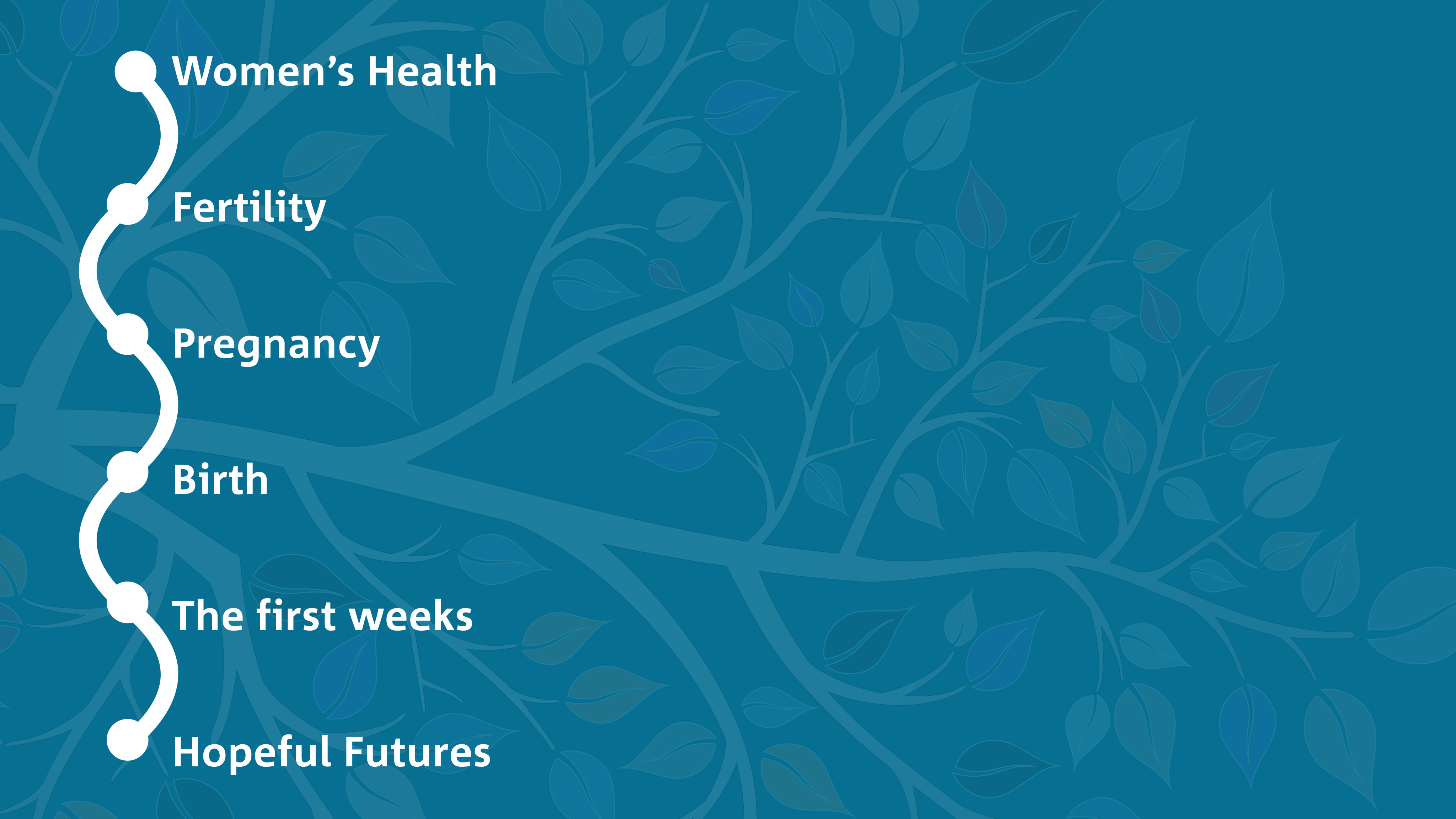
Specialised care across borders
Working for the best support does not stop months after a child is born. Some conditions may manifest later or develop chronic symptoms.
ERN-ITHACA is a patient-centred network that aims to meet the needs of specialised healthcare for patients with rare malformation syndromes, rare intellectual or other neurodevelopmental disorders. ITHACA stands for Intellectual disability, TeleHealth, Autism and Congenital Anomalies. Also the name of Ulysses` island, it symbolises the lived experience of many families that the diagnostic journey of a child with a rare developmental disease can turn into a long and weary Odysee.
A similar mission has ERN-CRANIO, the European Reference Network for rare and/or complex craniofacial anomalies and ear, nose and throat (ENT) disorders. Similar to ITHACA, it acts as a network of multi-disciplinary healthcare professionals across Europe. CRANIO’s mission is to pool together disease-specific expertise and resources from across Europe to reduce health inequalities by standardising practices. The shared goal is to make high-quality care, information and resources accessible to healthcare providers, patients and their families/carers across Europe, regardless of where they are located.

Healthy Beginnings build Hopeful Futures
Thanks for joining us on this path through various topics of maternal and (neo)-natal health. What connects these examples of research is that they all aim to improve the health and well-being of individual women and children.
Even when researchers work with cohorts of hundreds of thousands of people, it is always centred around the motivation to help people, in this case women and their babies, who are confronted with health issues and fears on their path into a hopeful future.
Further reading:
- WHO latest report of health inequalities and maternal outcomes
- WHO World Health Day 2025 website.
- BBMRI-ERIC
This story was made possible thanks to the BBMRI-ERIC community, in particular staff at: BBMRI.ee, BBMRI.de, University Hospital Augsburg and Augsburg Central Biobank, University Clinic Freiburg, BBMRI.es, BBMRI.nl, UMCG / University of Groningen, BBMRI.se, Karolinska University Hospital and The HQ Outreach and Communications team.
Graphics were created using elements from Freepik by macrovector and syarifahbrit




